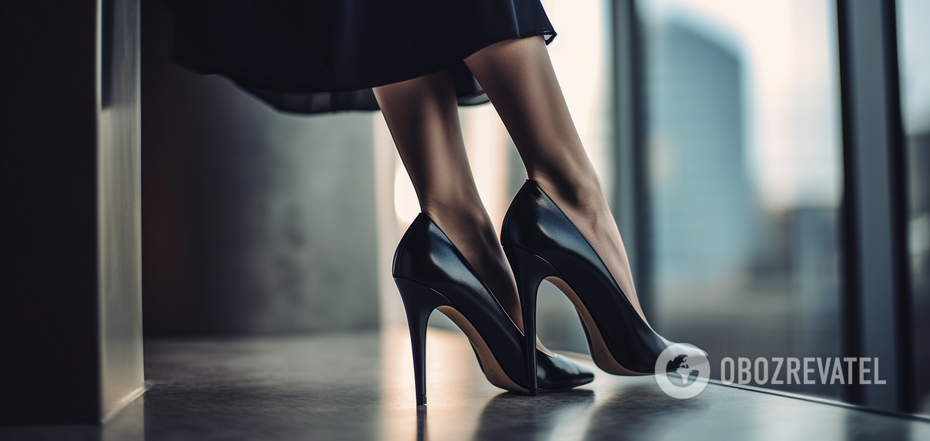Life
What to do if you have rubbed your feet with shoes: life-saving advice for blisters
It's not just new shoes that can cause blisters on your feet. Even a previously comfortable pair that you put on after a long break can cause discomfort. Blisters that form due to uncomfortable shoes can be a real problem because they interfere with walking and create an entry point for infections.
OBOZREVATEL has gathered some advice from orthopedists and podiatrists on how to prevent shoe-related blisters, which can be combined for better results.
Take therapeutic foot baths
If you already have blisters, you can soothe your feet by soaking them in a bath with sea salt. Podiatrists suggest that this can help soften the affected skin on your feet and expedite the healing process. It's also a good idea to cover the injured area with an antiseptic plaster to protect the blister and prevent further rubbing from your shoes. In any case, avoid popping the blister to prevent infection. Let it heal naturally and allow the dead skin to slough off.
Choose the right shoes
The key is to find shoes that are roomy enough to avoid irritating existing blisters but snug enough not to cause new ones. Orthopedists do not recommend enduring pain from blisters. Change your shoes as soon as possible when blisters become a problem.
Use special insoles
Orthotic insoles not only offer additional cushioning when walking but also help distribute pressure on the foot more evenly. This, in turn, reduces the risk of developing blisters.
Wear anti-chafing socks
Anti-chafing socks are made from special materials designed to reduce moisture and minimize friction from shoes. Compared to regular cotton socks, they decrease the likelihood of blisters. These socks also alleviate the discomfort of existing blisters and protect against further irritation. Ideal materials for these socks include wool, hemp, or bamboo. Pay attention to socks with extra cushioning on the heels, arches, and toes.
Double up on socks
Wearing two pairs of cotton socks can provide better protection for your feet than a single pair. This offers extra cushioning and defense while wicking away moisture and reducing friction. Be careful not to make your shoes too tight by wearing two pairs of socks, as this may increase rubbing.
Use protective measures
Numerous methods can protect existing blisters from further rubbing. These include special pads, patches, or bandages that adhere to the skin and create a protective barrier. To prevent chafing, you can utilize creams, balms, and other anti-chafing products applied to the foot to establish a barrier between your foot and the shoe.
Avoid shoes that cause chafing
While your chafed feet are healing, refrain from wearing the shoes that triggered the blisters. Only try them again for short periods once your skin has fully healed. Make sure to use protective measures against rubbing. If you frequently develop blisters on your feet, regardless of the type of shoes you wear, consult a podiatrist for comprehensive advice on addressing this issue.
Earlier, OBOZREVATEL told you how to choose the right summer shoes to make it comfortable and safe to walk in.
Subscribe to OBOZREVATEL's Telegram, Viber, and Threads channels to keep up with the latest developments.



























